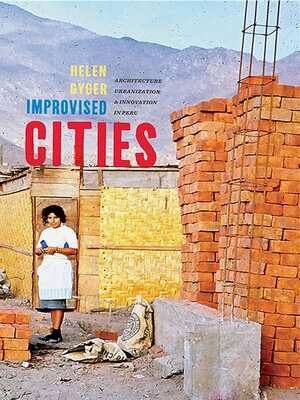Improvised Cities
ebook ∣ Architecture, Urbanization, and Innovation in Peru · Culture Politics & the Built Environment
By Helen Gyger

Sign up to save your library
With an OverDrive account, you can save your favorite libraries for at-a-glance information about availability. Find out more about OverDrive accounts.
Find this title in Libby, the library reading app by OverDrive.



Search for a digital library with this title
Title found at these libraries:
| Library Name | Distance |
|---|---|
| Loading... |
Beginning in the 1950s, an explosion in rural-urban migration dramatically increased the population of cities throughout Peru, leading to an acute housing shortage and the proliferation of self-built shelters clustered in <i>barriadas</i>, or squatter settlements. <i>Improvised Cities</i> examines the history of aided self-help housing, or technical assistance to self-builders, which took on a variety of forms in Peru from 1954 to 1986. While the postwar period saw a number of trial projects in aided self-help housing throughout the developing world, Peru was the site of significant experiments in this field and pioneering in its efforts to enact a large-scale policy of land tenure regularization in improvised, unauthorized cities.<br><br>Gyger focuses on three interrelated themes: the circumstances that made Peru a fertile site for innovation in low-cost housing under a succession of very different political regimes; the influences on, and movements within, architectural culture that prompted architects to consider self-help housing as an alternative mode of practice; and the context in which international development agencies came to embrace these projects as part of their larger goals during the Cold War and beyond.







